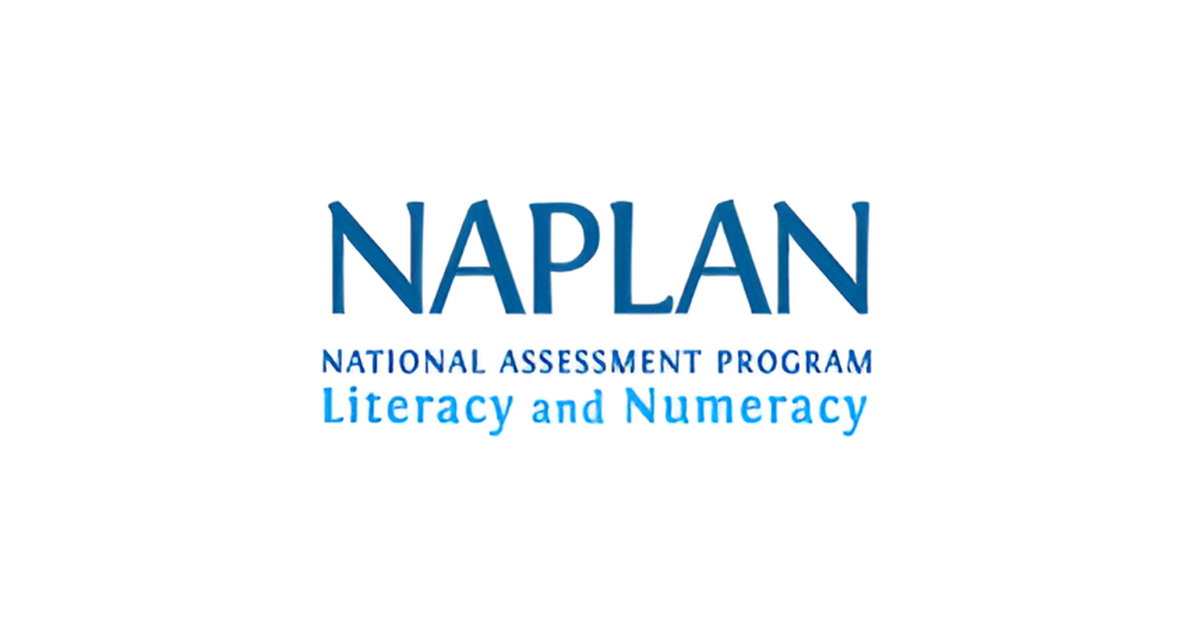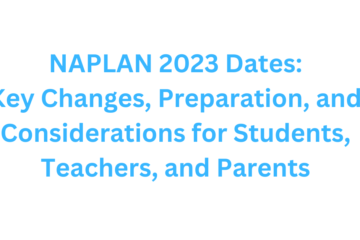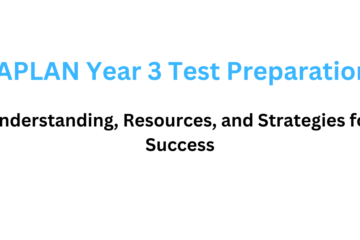Table of Contents
The NAPLAN Journey: An Overview
Let’s journey into the realm of NAPLAN – the National Assessment Program – Literacy and Numeracy. It’s an integral component of Australia’s educational system, as quintessentially Australian as kangaroos and Vegemite. NAPLAN assesses key skills that facilitate a child’s academic growth, such as reading, writing, spelling, grammar, punctuation, and numeracy.
Assessing the Nation: The Role and Scope of NAPLAN
NAPLAN serves as a national barometer for students’ academic progress. Instead of showcasing uncomfortable grins and questionable style decisions like annual school photographs, NAPLAN reflects students’ academic capabilities. Every May, students undertake a series of Reading, Writing, Language Conventions (Spelling, Grammar & Punctuation), and Numeracy tests spanning three days. NAPLAN’s significance lies in its standardised assessment of student’s performance nationwide. Comparable to a large-scale academic ruler, it allows parents and educators to track a student’s academic progress and identify areas for improvement within schools or classrooms. NAPLAN test results assist in spotting students requiring extra aid and crafting targeted teaching strategies. Moreover, high schools often rely on NAPLAN results during admissions, rendering it a crucial aspect of a student’s educational trajectory.
The Structure of NAPLAN: Four Key Learning Areas
The NAPLAN tests encompass four main areas: Reading and Comprehension, Language Conventions, Writing, and Numeracy. Each component examines different skills a child should possess at their educational stage. The tests aim to provide a stimulating yet attainable challenge for students, evaluated against a national standard. For instance, the writing section requires students to craft either a persuasive or imaginative text, scrutinising their spelling, grammar, punctuation, and sentence construction.
Navigating NAPLAN: Tips for Students and Parental Support
NAPLAN preparation should dovetail with regular classroom activities, and comprehension of the test format is crucial for students. Parents can foster an optimal testing environment by ensuring sufficient sleep, providing nutritious breakfasts, and maintaining a tranquil atmosphere at home. It’s also crucial to remind children that pre-test jitters are normal and the primary goal is to put forth their best effort. There are ample NAPLAN preparation courses, books, and online resources to aid students.
NAPLAN in 2023: The Transition to New Proficiency Standards
Starting in 2023, NAPLAN will implement new proficiency standards supplanting the numerical NAPLAN bands. This change will furnish parents and carers with timely, simplified, and explicit information regarding their child’s academic achievements. These proficiency standards will be segmented into four achievement levels: Exceeding, Strong, Developing, and Needs additional support. This overhaul signifies a considerable shift for NAPLAN, leveraging the online adaptive tests to provide improved information for parents, carers, and educators.
Implications of NAPLAN’s New Standards: Insights from The Conversation
As highlighted in The Conversation, these new standards will offer enhanced insights to teachers and parents about a student’s abilities. The accelerated testing schedule might reduce the time for test preparation, which isn’t necessarily detrimental. The revamped standards will render results more comprehensible for students and parents. Yet, this implies schools may require augmented resources, such as teaching assistants and professional development, to ensure students receive the necessary support.
Contextualising NAPLAN: A Snapshot in a Larger Educational Journey
In summary, NAPLAN is an indispensable tool for gauging students’ progress in Australia. It furnishes invaluable information assisting teachers and parents in nurturing their children’s learning. Though it captures a student’s abilities at a specific moment, it forms part of the larger narrative of a student’s ongoing educational journey. Thus, NAPLAN should be considered among numerous tools assessing a student’s academic performance.
Conclusion: Recognising Individual Brilliance Beyond NAPLAN
With the introduction of new proficiency standards, NAPLAN continues its evolution to better cater to students, parents, and educators’ needs. Let’s remember NAPLAN isn’t the final word on a child’s abilities. Parents shouldn’t fret if their child’s score doesn’t meet expectations. As Albert Einstein wisely put it, “Everybody is a genius. But if you judge a fish by its ability to climb a tree, it will live its whole life believing that it is stupid.” Hence, let’s applaud every child’s unique strengths and talents, whether they hop like a kangaroo, climb like a koala, or embody the singular abilities of a platypus.
Check Our English Blog Here: Unravel the Secrets of English with Engaging Articles
Click Here to Dive Back into Our Educational Resources and Expand Your Knowledge Blog



